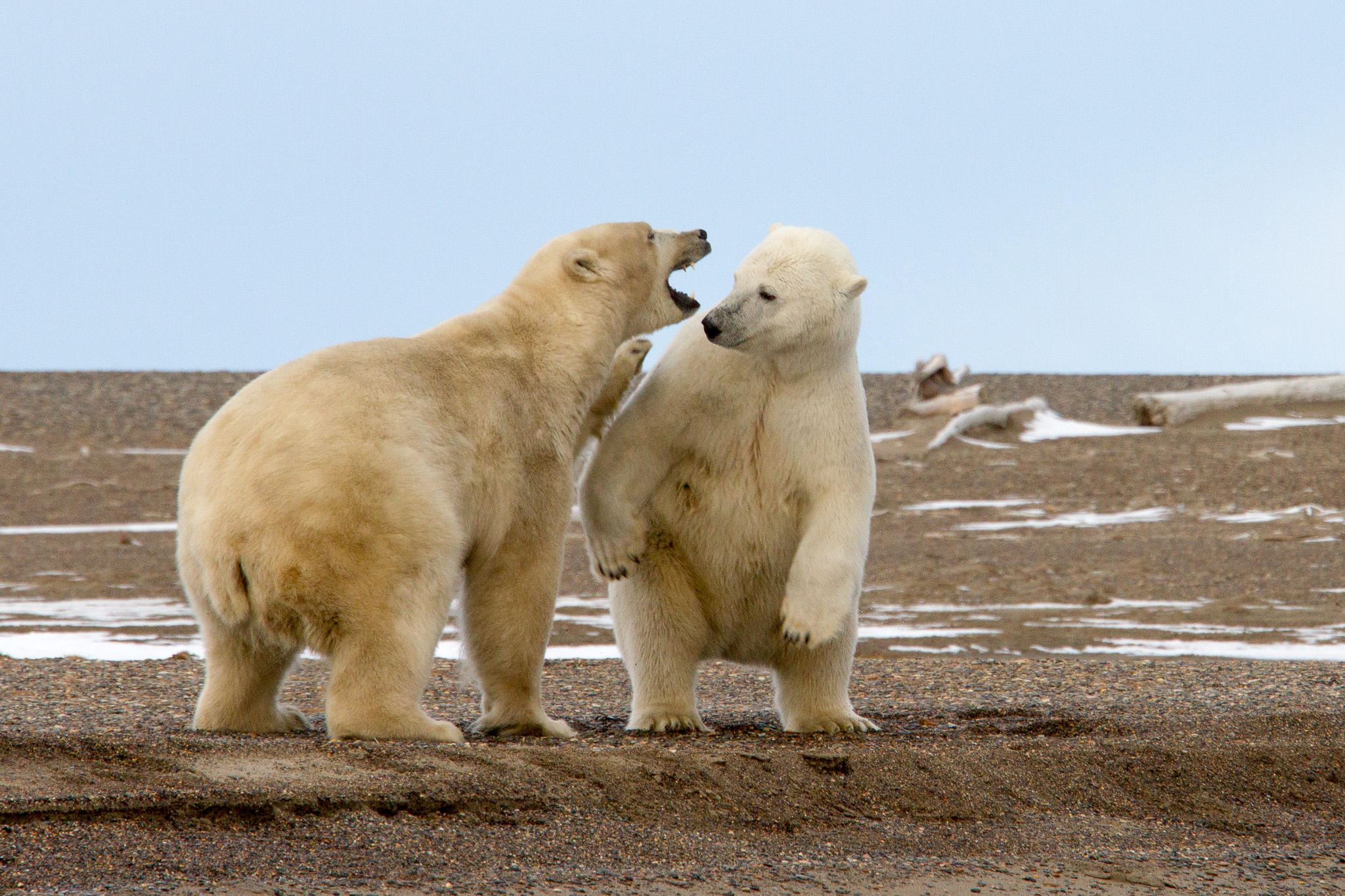
Samuel Alexander, a representative of the Gwichyaa Zhee Gwich’in Tribal Government, is also on the witness list. The Gwich'in Steering Committee, which represents Gwich’in communities in Alaska and Canada, has been a leading voice against drilling in ANWR. Two more Native witnesses represent Alaska Native corporations: Richard Glenn from Arctic Slope Regional Corporation and Aaron Schutt from Doyon, Ltd. Both corporations have supported drilling in ANWR. Arctic Slope Regional Corporation owns the subsurface rights to land in ANWR where development could occur. The surface rights are owned by the Kaktovik Iñupiat Corporation, a village corporation. The fifth Native witness is Byron Mallott, who is Tlingit and will be representing the state of Alaska as its Lieutenant Governor. The state has long pushed for development in ANWR. The hearing takes place before the Senate Committee on Energy and Natural Resources. The panel is led by Sen. Lisa Murkowski (R-Alaska), who also serves on the Senate Committee on Indian Affairs and has made no secret of her position on energy development. “We’ve provided [oil] to the country and that has allowed for jobs and revenues, it has allowed for schools and roads and institutions that everybody else around the country enjoys,” Murkowski told The New York Times. Unlike some of her fellow Republicans, though, she believes the federal government needs to address the effects of climate change, which has affected Native peoples across Alaska. Read More on the Story:
An Alaska Senator Wants to Fight Climate Change and Drill for Oil, Too (The New York Times November 1, 2017)
The Energy 202: GOP lawmakers want more Alaska drilling. The Trump administration isn't waiting. (The Washington Post October 26, 2017) Senate Committee on Energy and Natural Resources Notice:
Full Committee Hearing to Receive Testimony on the Potential for Oil and Gas Exploration in the 1002 Area (November 2, 2017)
Join the Conversation
Related Stories
Trump
administration moves to open Arctic National Wildlife Refuge to drilling
(September 18, 2017)Secretary Zinke plans to work with tribes on drilling push in Alaska (May 25, 2017)

